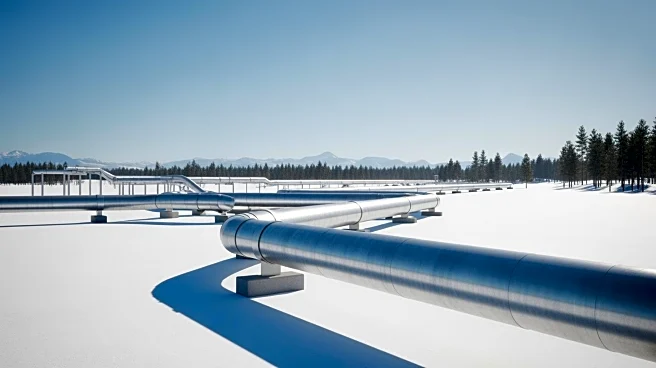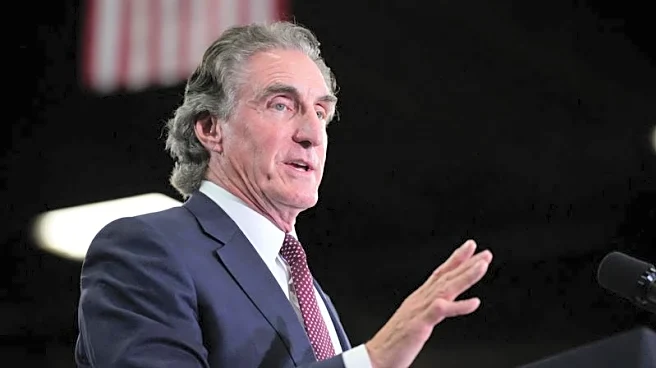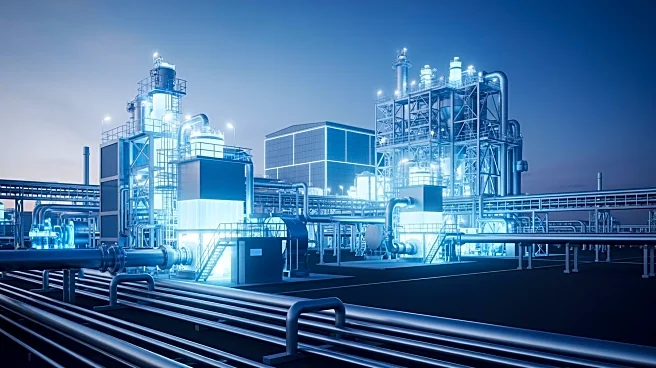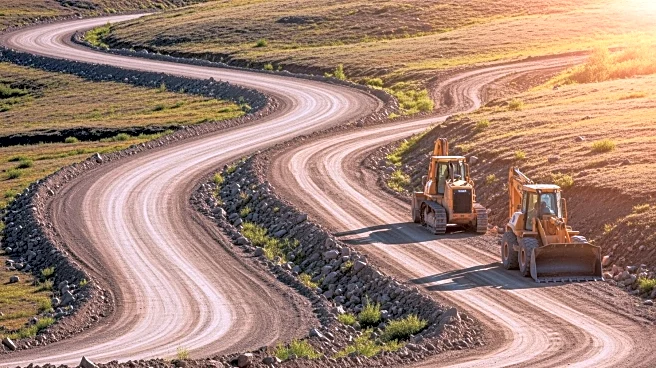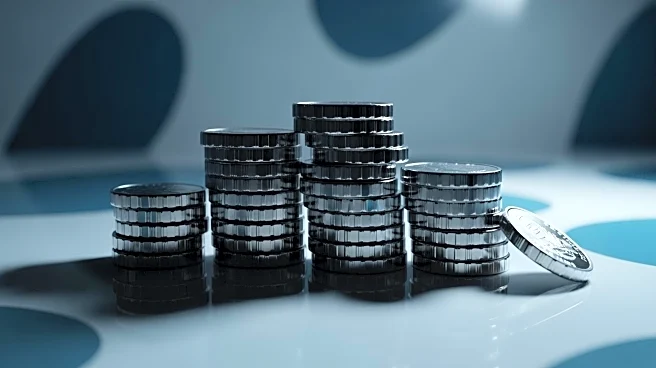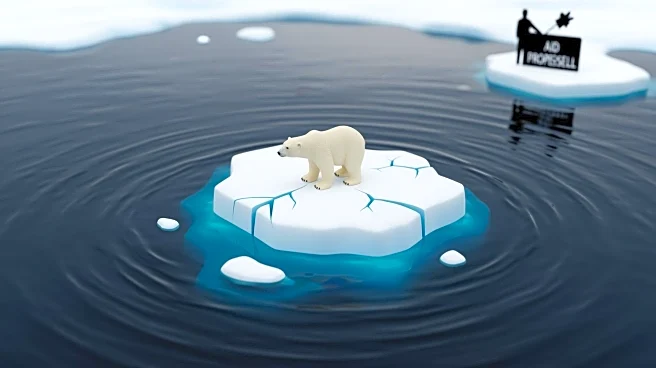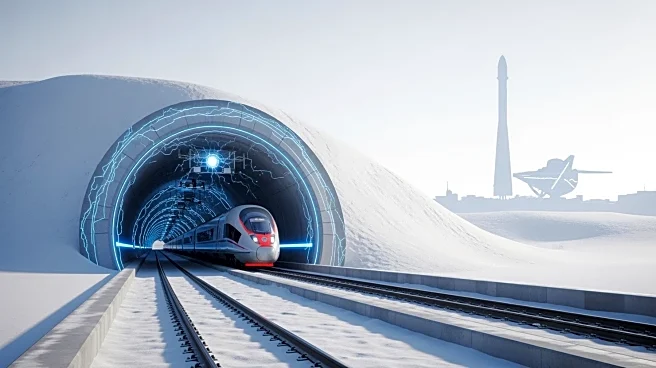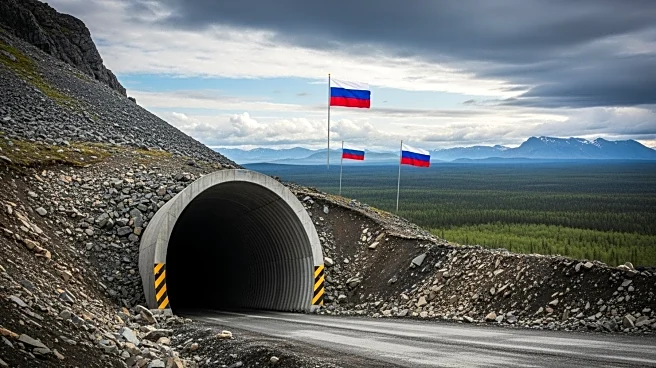What's Happening?
The proposed 800-mile gas pipeline in Alaska, supported by President Trump, is set to complete a crucial engineering and cost study by the end of the year. This project, a joint venture between U.S. energy
developer Glenfarne and the Alaska Gasline Development Corporation, aims to transport gas from Alaska's far north to the Gulf of Alaska. The study, known as a Front-End Engineering and Design (FEED) study, is being prepared by Australian engineering firm Worley. Interior Secretary Doug Burgum expressed optimism about the project, highlighting its potential to attract significant interest. The pipeline has been a long-discussed initiative, gaining momentum under Trump's administration, which has prioritized fossil fuel development.
Why It's Important?
The completion of the FEED study is a critical step in advancing the Alaska LNG pipeline project, which could significantly impact U.S. energy infrastructure and export capabilities. By facilitating the transport of natural gas from Alaska to international markets, the project aligns with the administration's goals of boosting domestic energy production and reducing reliance on foreign energy sources. The pipeline could also create jobs and stimulate economic growth in Alaska and beyond. However, the project's success depends on overcoming environmental and logistical challenges, as well as securing investment and regulatory approvals.
What's Next?
The FEED study's completion in December will likely lead to increased interest and potential investment in the project. Stakeholders, including government officials and energy companies, will closely monitor the study's findings to assess the project's feasibility and economic viability. If the study results are favorable, Glenfarne and its partners may proceed with final investment decisions in 2025. The project's progress will also depend on regulatory approvals and potential opposition from environmental groups concerned about the impact on Alaska's ecosystems.
